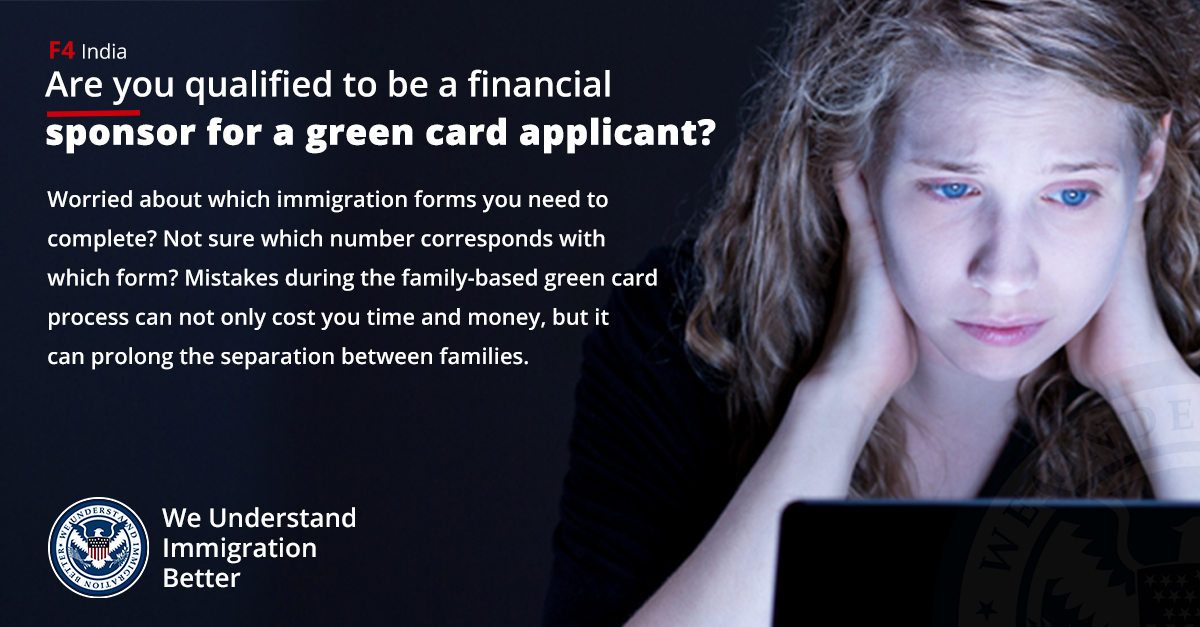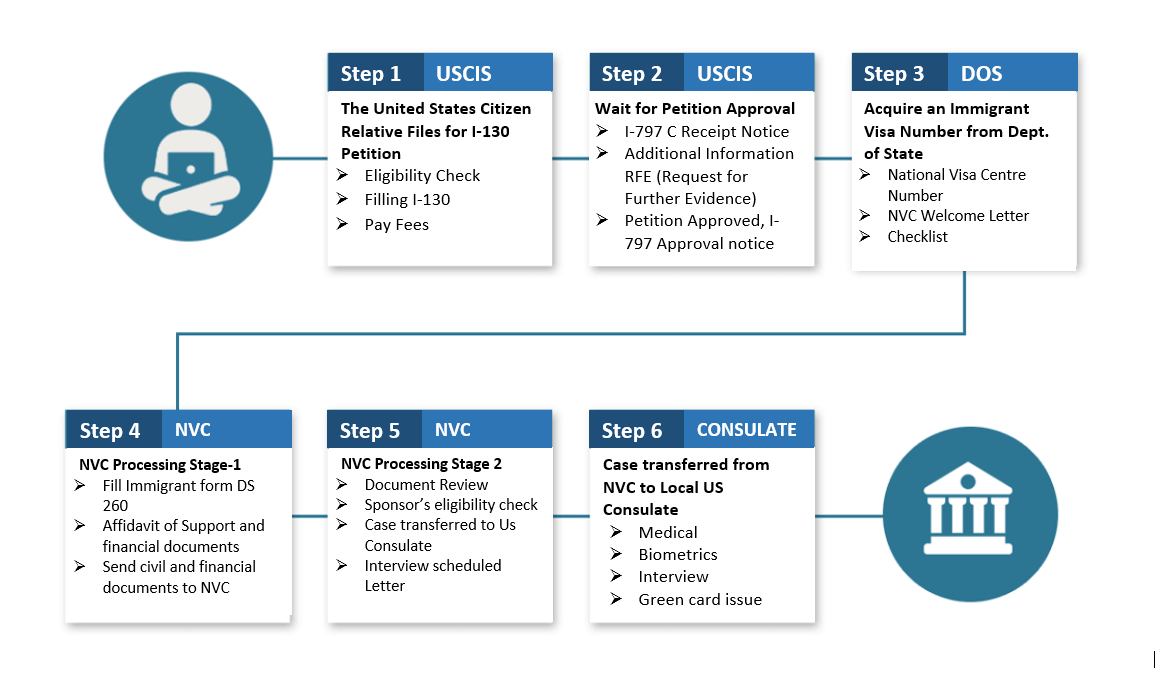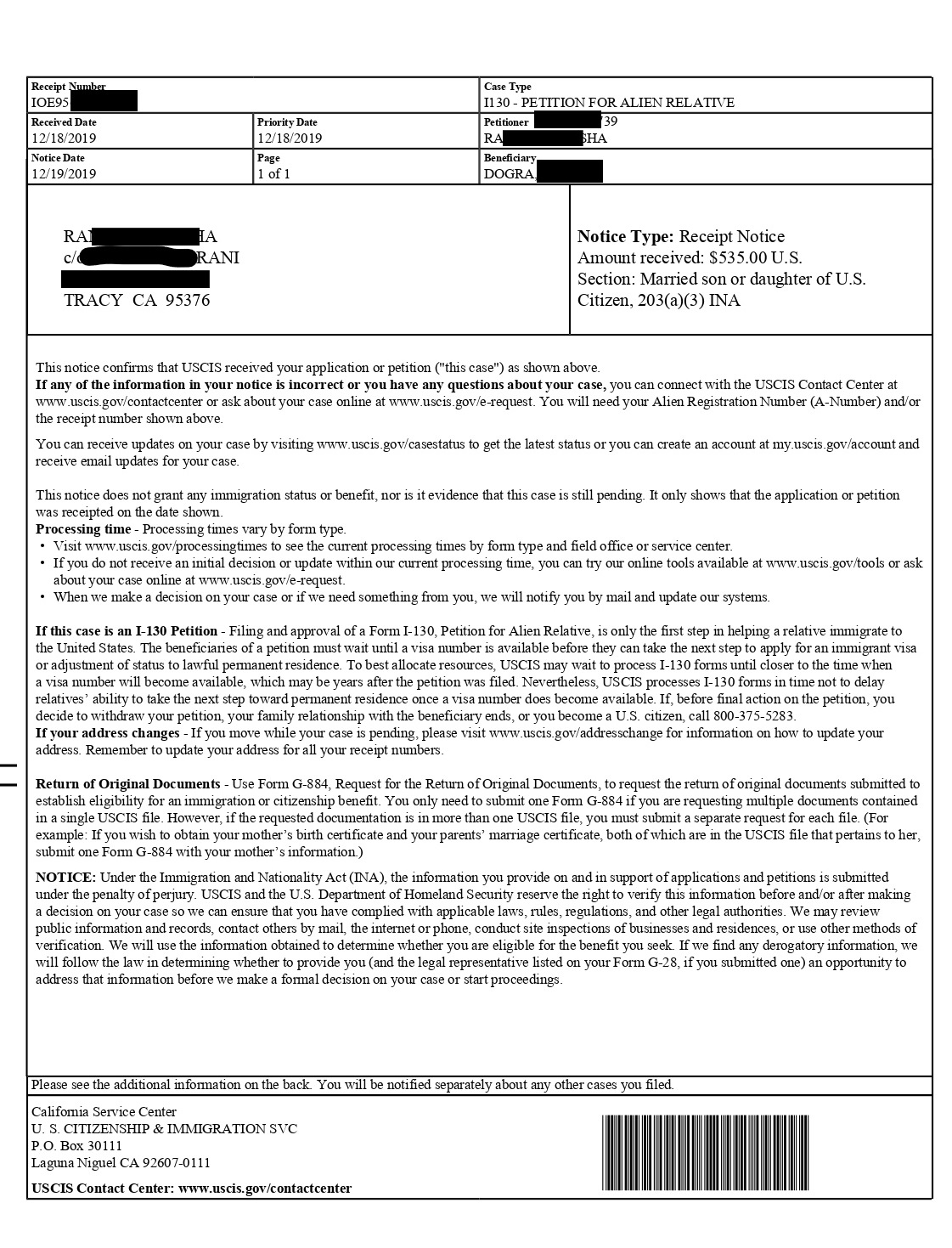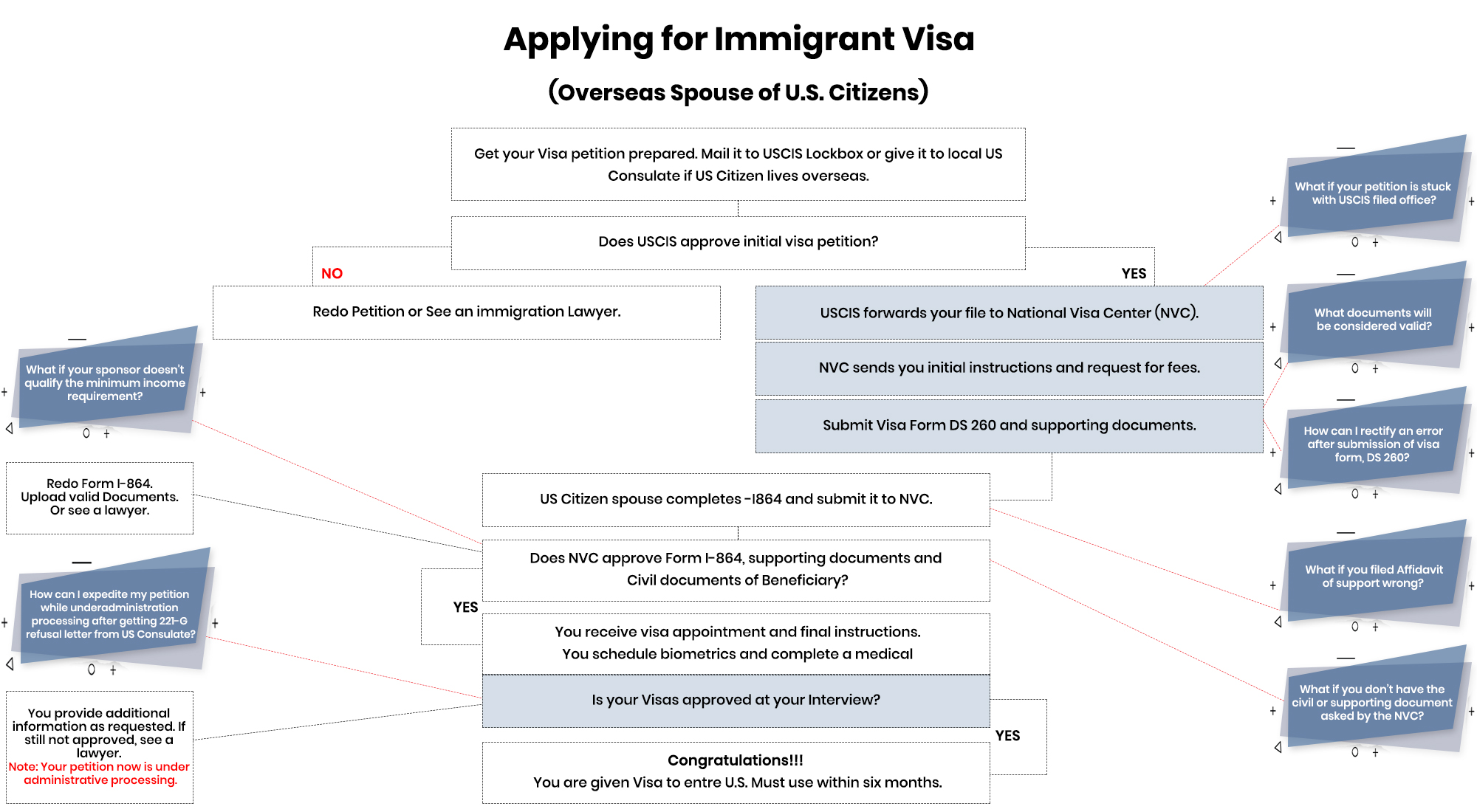I-130,Petition For Alien Relative

I-130,Petition For Alien Relative
I-130 Form, Explained
An experienced attorney can be the difference between an approval and a denial. Professionalism Matters!!
The I-130 form is officially called the Petition for Alien Relative, which states a valid family relationship between a United States citizen or a Green Card holder and a person seeking a green card.
Following two steps can make you understand more about I-130, Petition for Alien Relative.
First Step:As a Petitioner (Sponsor, you), you have to submit Form I-130 is the first step in helping an eligible relative apply to immigrate to the U.S and get a Green Card. The Filing I-130 or approval of this petition does not permit your relative any status or immigration benefit.
Second Step: The USCIS will approve your I-130 application if you can prove a relationship between you and your relative, which will qualify them to migrate to the U.S. Once USCIS approve the I-130 petition, your relative can apply to become a lawful permanent resident (LPR). If your relative qualifies as an immediate relative, visa numbers are always available for them. Certain relatives have to wait a more prolonged period until a visa number is available before applying. The Visa petition categories like F2A, F2B, F3, and F4 have limited visa numbers for each country.
Check USCIS Processing Times
Check Visa Numbers
USCIS Visa Fee
Note
If your relative is already in the U.S and a visa is available, then your relative can file I-485, Application for Adjust Status, to get their Green Card, but your relative must be eligible for filing an adjustment of status. If your relative is not eligible to get their Green Card in the U.S by filing I-485 (Adjustment of status), or if your relative lives outside the U.S, they may apply for an immigrant visa with the U.S Department of State at the U.S Consulate or Embassy in their country. For more information on ineligibility, call or email us.
Contact number (India): +91-6283507748 I Email id: info@f4india.com
I-130 PROCESSING TIME
APPROXIMATELY 5 MONTHS TO 10 YEARS (DEPENDING ON CATEGORY)
| Category | Eligibility | Annual Quota | Estimated Wait Time |
|---|---|---|---|
| IR | Immediate Relative: Spouse, minor children, and parents of U.S. citizens | No numerical limit | None (There is no quota for the immediate relative visa category, but it may take 6-12 months for USCIS to approve the Form I-130.) |
| F1 | Family Preference: Unmarried sons and daughters (21 years of age or older) of U.S. citizens | 23,400 | 7 years ( Some countries like China, India, Mexico and Philippines may have significantly longer wait times |
| F2 | Family Preference: Unmarried sons and daughters (21 years of age or older) of U.S. citizens | 114,200 | |
| F2A: Spouse and minor children (under 21 years old) | None. (It may take 6-12 months for USCIS to approve the Form I-130 | ||
| F2B: Unmarried sons and daughters (21 or older) | 5-6 years | ||
| F3 | Family Preference: Married sons and daughters of U.S. citizens | 23,400 | 12-13 years |
| F4 | Family Preference: Brothers and sisters of U.S. citizens | 65,000 | 13-14 years |
USCIS processes the I-130 petition on a first-come, first-served basis within each category. Therefore, it is essential to get onto this waitlist early. Additionally, it is imperative that the petitioner file a well-prepared Form I-130 package free of errors and inconsistencies.

USCIS*: U.S. Citizenship and Immigration Services (USCIS) is the federal agency that oversees lawful immigration to the United States. USCIS is a component of the Department of Homeland Security. Some of the services they provide include citizenship, immigration of family members, working in the U.S., humanitarian programs, and adoptions.
NVC*: The National Visa Center (NVC) is a centre that is part of the U.S. Department of State that plays the role of holding the United States immigrant visa petitions (as well as Form I-129F petitions for K-1/K-3 visas) approved by the United States Citizenship and Immigration Services until an immigrant visa number becomes current.
Form I-130 (Sample)
_page-0001_LI (1).jpg)
Receipt Notice I-130 (Sample)


